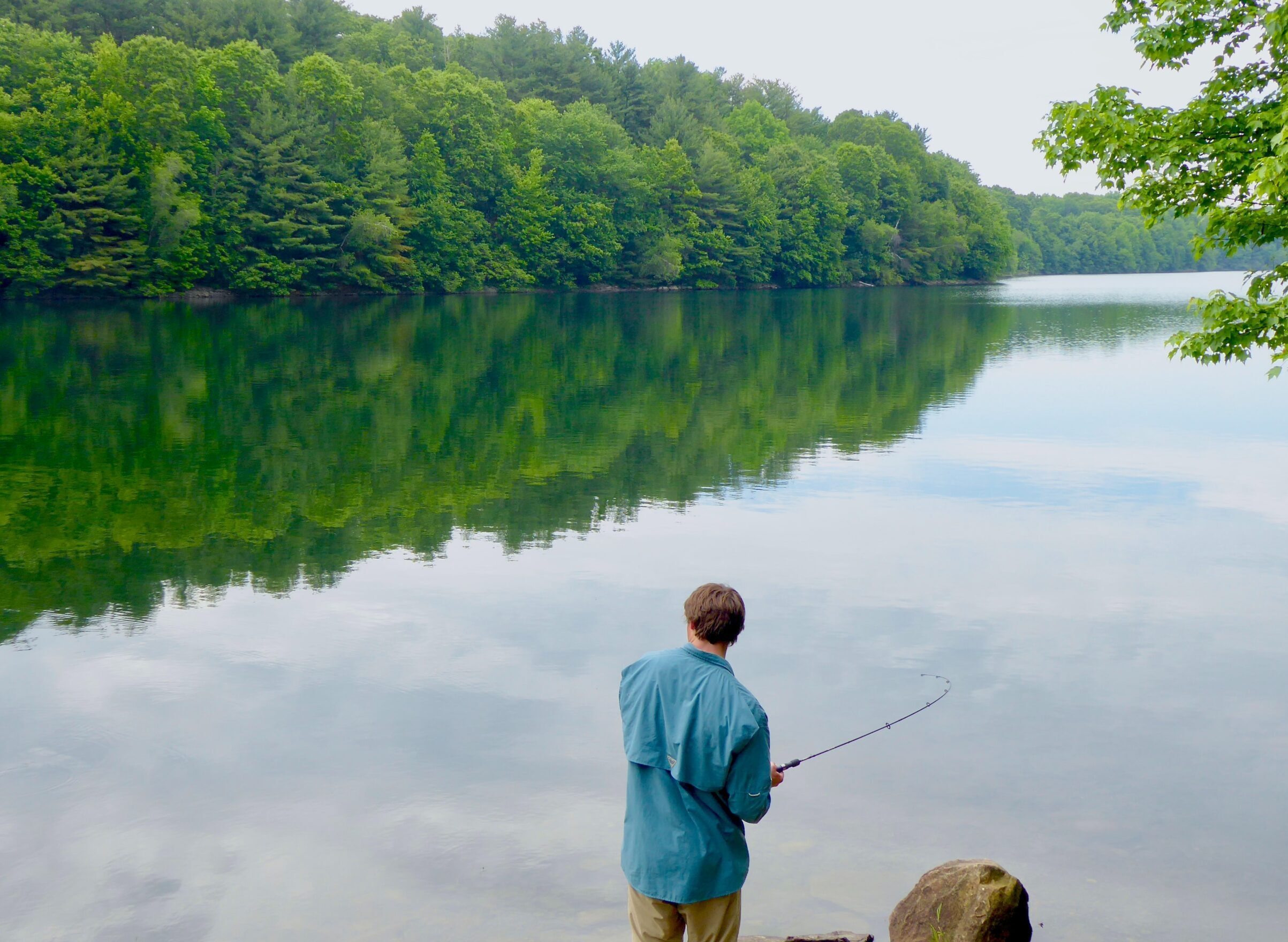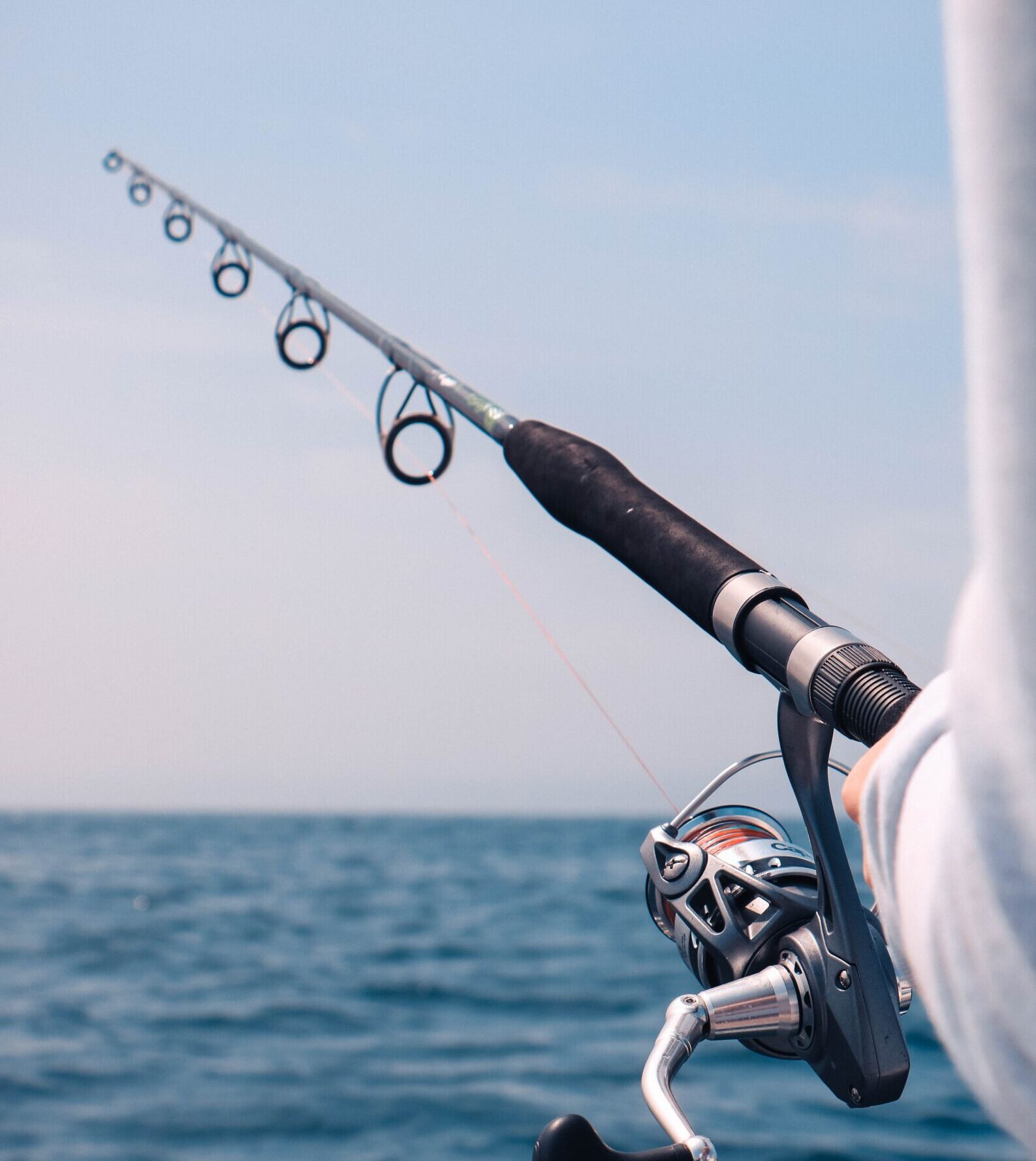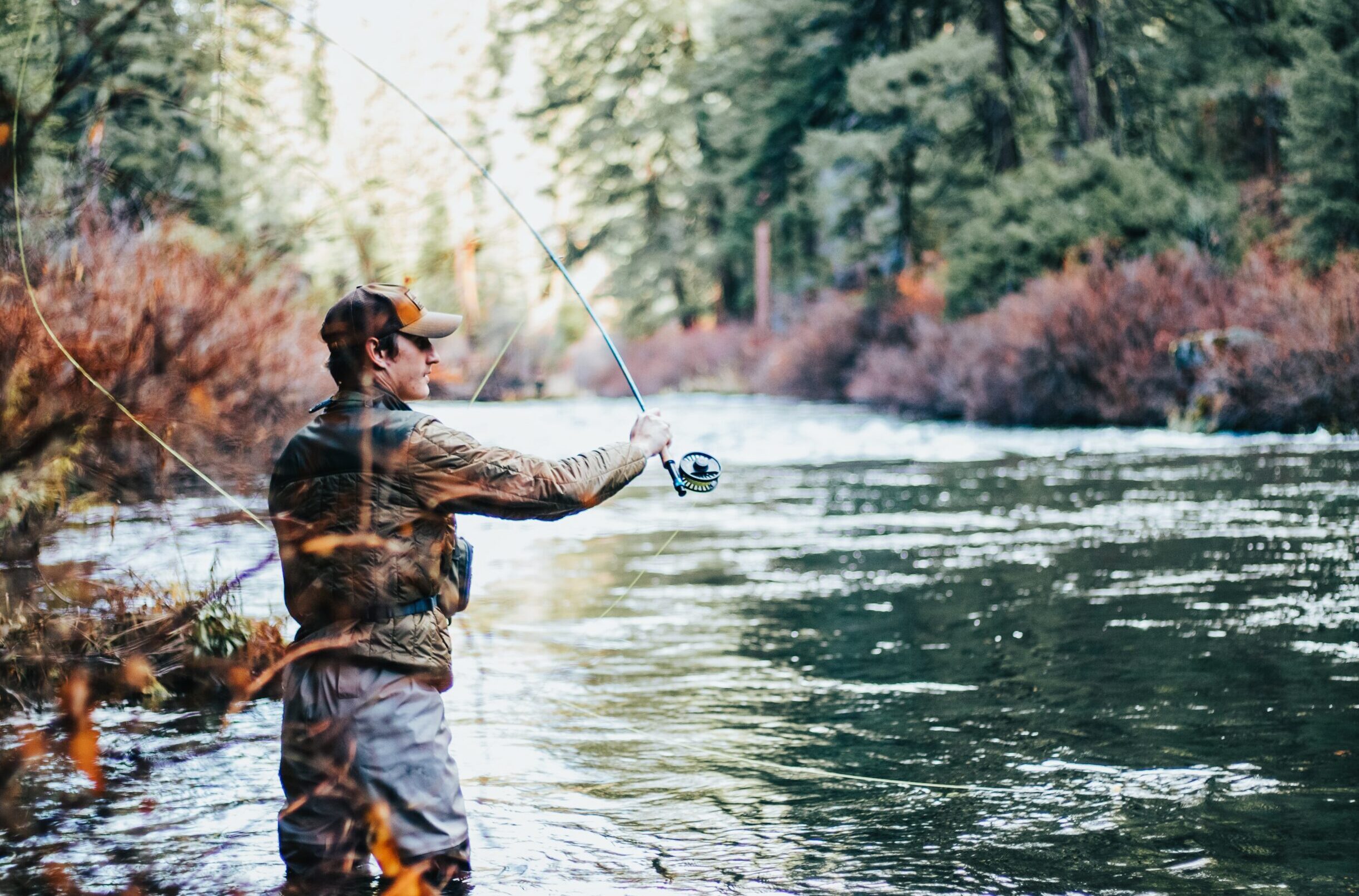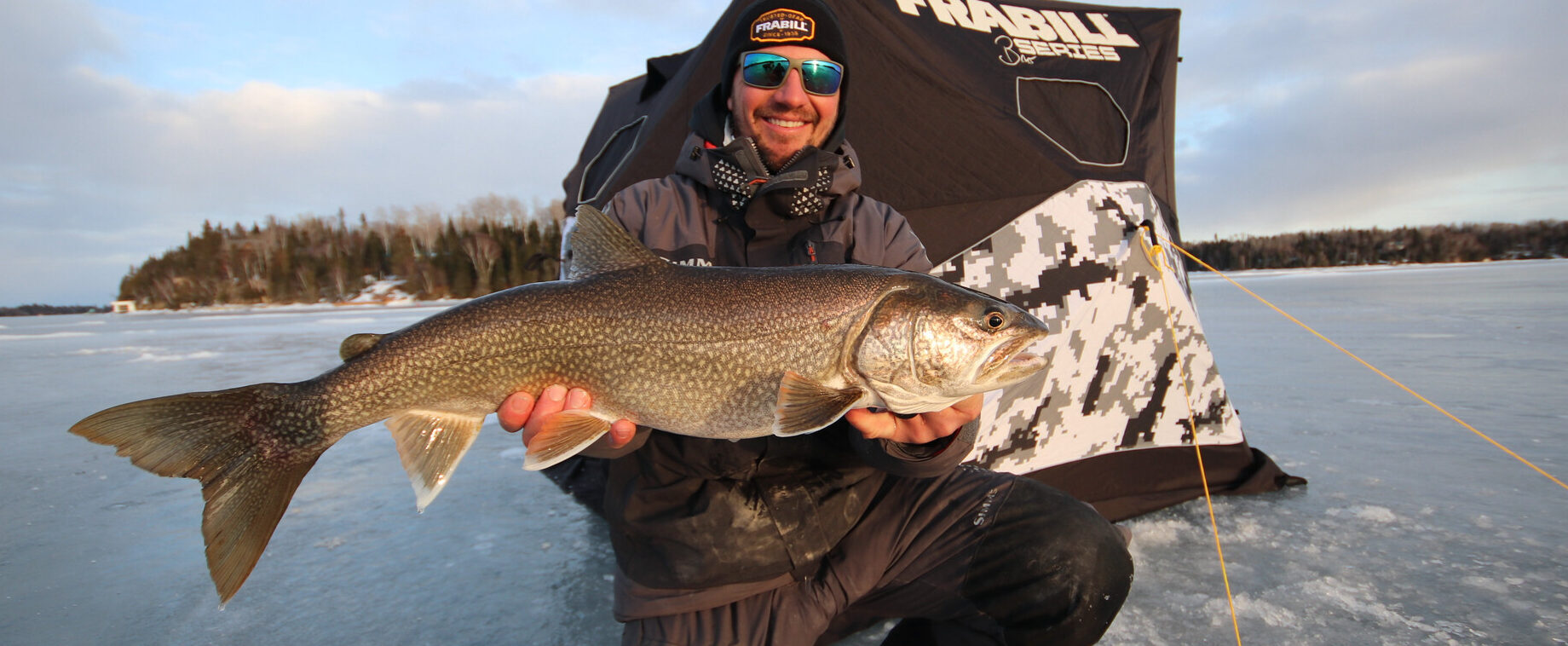Fly fishing is an art that requires skill, patience, and precision. And mastering the art of fly casting is essential for any angler who wants to catch fish consistently. Whether you’re a beginner or an experienced angler, improving your fly casting will help you achieve greater distance and accuracy on the water. In this blog post, we’ll share some tips and techniques to improve your fly casting game so you can make every cast count! So grab your rod, reel in your line, and let’s dive into the world of fly casting mastery!
The Basics of Fly Casting
Before we dive into the finer details of fly casting, let’s go over some basics. Fly casting is a technique used in fly fishing that involves whipping the line back and forth to project a lightweight lure known as a “fly” towards the target. Unlike traditional baitcasting or spin-casting techniques, which rely on heavy lures and sinkers to reach deep waters, fly casting relies on momentum generated by the angler’s arm movements.

The basic components of your fly-casting setup are your rod, reel, line, leader, tippet material (the section between the leader and fly), and your chosen flies. Each component plays an important role in how well you cast.
The proper grip on your rod can make all the difference when it comes to accuracy in casting. Hold it firmly but not too tightly; this will allow you to maintain control while still having enough flexibility for smooth movement throughout each cast.
When making a cast with a weighted line or heavier flies attached to it – something common among beginners learning how to use their equipment properly – try using more force than necessary at first before fine-tuning everything down until they feel comfortable handling both weighty lines/fly combinations without experiencing any discomfort whatsoever!
Remember: practice makes perfect!
Tips for Distance and Accuracy
To become a master at fly casting, it’s important to have both distance and accuracy. Here are some tips that can help you achieve both.
Firstly, make sure your rod is loaded correctly before making the cast. This means pulling enough line off the reel so that there is weight on the rod when you start your casting stroke.
Next, focus on keeping a smooth and consistent motion throughout your casting stroke. Avoid jerky movements or sudden changes in direction as this can negatively affect both distance and accuracy.
When trying to increase distance, try lengthening your casting stroke while maintaining control of the line speed. This will allow for more energy to be transferred from the rod to the line resulting in greater distances.
For better accuracy, focus on lining up your target with your dominant eye before making the cast. Also, pay attention to where your backcast is going as this can impact where your forward cast lands.
Practice regularly! The only way to improve at fly casting is by putting in time and effort into honing these skills over time.
The Different Types of Fly Casting
The different types of fly casting are varied and each has its own unique purpose. The most common type is the overhead cast, which involves bringing the rod back behind you and then forward to create a loop in the line that propels the fly out towards your target. This cast is great for short to medium distances.
Another type of fly casting is called roll casting, which is useful when there isn’t much room for a backcast. Instead of bringing the rod behind you, you simply tilt it backwards and use a flicking motion to send the line out onto the water.

If you’re dealing with windy conditions or need to make longer casts, then spey casting may be your best option. This uses a longer two-handed rod and involves making large circular motions with both arms to generate momentum.
For those looking for an extra challenge, there’s also double haul casting which involves using both hands on the rod and adding an extra snap at certain points during your cast.
Ultimately, mastering different types of fly casting will allow you greater versatility when out on the water.
Pros and Cons of Fly Casting
Fly casting is a skill that requires time, practice and patience to master. However, before you dive headfirst into learning how to fly cast, it’s important to consider the pros and cons of this particular fishing method.
One major advantage of fly casting is its versatility. With different types of casts available, anglers can select the right one for their specific needs. This allows them to fish in a variety of conditions and locations from small streams to large rivers.

Another benefit is that fly casting often results in more natural-looking presentations which can increase the chances of catching fish. The use of lightweight flies with minimal artificial materials mimics natural prey behavior effectively compared to using heavier lures in traditional spin-casting methods.
However, as with any fishing technique or sport, there are also some downsides to fly casting. One common challenge faced by beginners is timing and accuracy when executing casts. It takes time and practice perfecting your timing while ensuring accurate placement on target water regardless if there are obstacles such as branches or rocks around.
Moreover, another disadvantage may be the cost associated with purchasing equipment like rods reels lines leaders tippets etc., which might deter some individuals from trying out this type of angling experience altogether
Though despite these potential drawbacks Fly Casting remains a timeless pursuit enjoyed by many seasoned anglers who appreciate its unique challenges rewards aesthetic value and overall satisfaction derived from mastering the art form over time!
How to Choose the Right Fly Casting Rod
Choosing the right fly casting rod is crucial to mastering the art of fly casting. There are a few factors that you need to consider when selecting a fly casting rod. First, determine what type of fishing you will be doing and what kind of fish you will be targeting. This will help you choose the appropriate weight and length for your rod.

Secondly, consider your skill level as well as your budget. If you’re just starting out or on a tight budget, look for an affordable beginner’s rod that has good reviews from other anglers. As you progress in your skills and experience, invest in higher quality rods that suit your needs.
Don’t forget about comfort! Make sure the grip feels comfortable in your hand and that the overall weight of the rod is something that won’t tire out your arm after hours on the water.
Mastering the art of fly casting takes time and practice but with these tips for distance and accuracy along with knowledge about different types of casting techniques available to use it’ll become easier over time!


